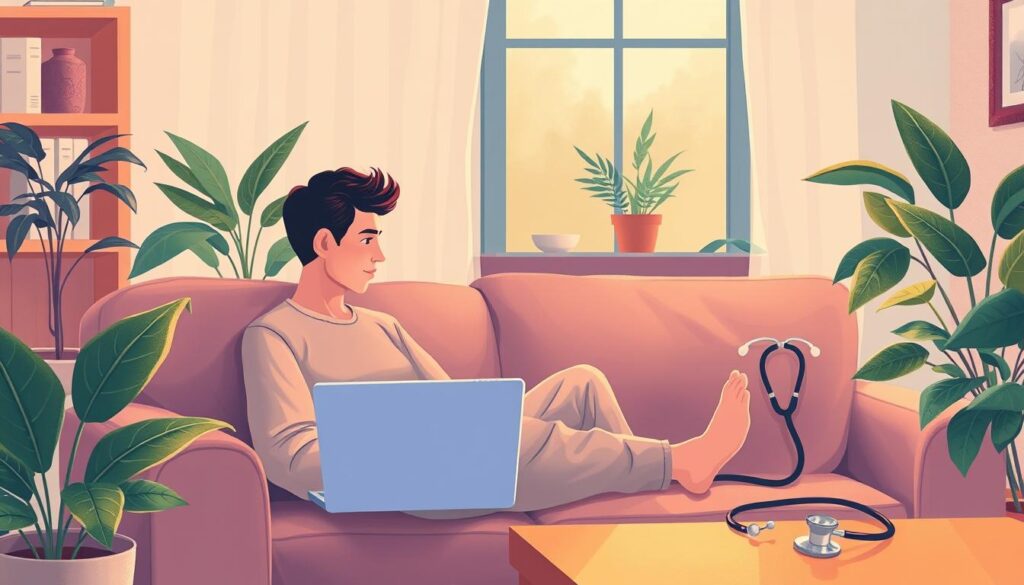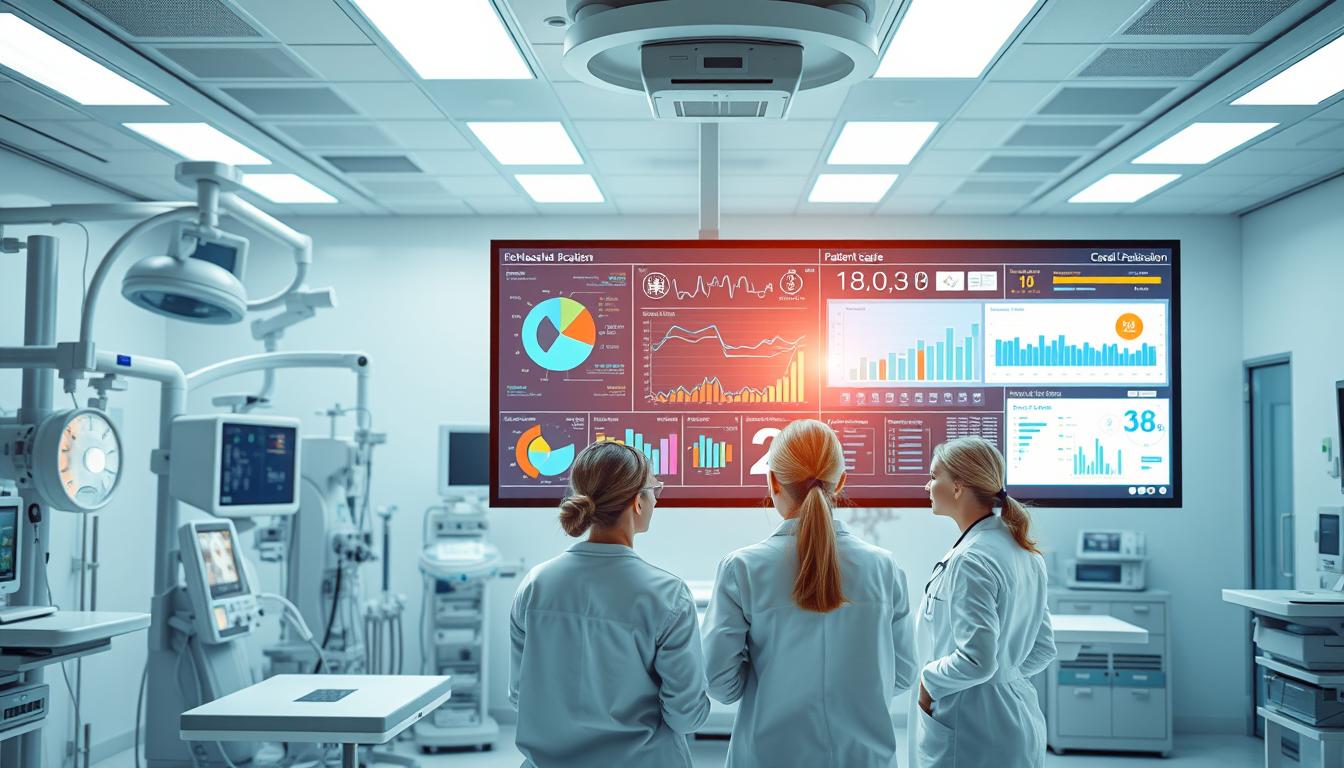Telemedicine is changing how we get healthcare. Now, patients can talk to doctors online. This means fewer visits to the doctor and more care for those far away. It’s making healthcare better, cheaper, and more accessible.
Online doctor visits are now a must, not just a nice-to-have. They’re making healthcare better, cheaper, and more available. Telemedicine lets us get medical help from home. This cuts down on hospital visits and wait times.
Telemedicine’s growth is impressive. It’s key to understanding its role in healthcare. We’ll look at what virtual healthcare offers and its challenges. Knowing the benefits of telemedicine helps us make better health choices and use telehealth services wisely.
Key Takeaways
- Telemedicine is revolutionizing the way we approach healthcare
- Virtual healthcare increases access to medical care, even for those far away
- Online doctor visits cut down on in-person visits and wait times
- Telehealth services make healthcare better and cheaper
- Telemedicine is a vital tool for getting medical care at home
Understanding Telemedicine and Its Revolutionary Impact
Telemedicine is changing how we get healthcare. It lets patients see doctors from home. The telemedicine platform and app make it easy and safe to talk to doctors and get care.
Virtual healthcare includes telemedicine platforms, remote monitoring, and secure chats. These tools help patients get care quickly and easily. They also help lower hospital visits and improve health outcomes.
Key Components of Virtual Healthcare
- Telemedicine platforms
- Remote monitoring devices
- Secure communication systems
Telemedicine technology lets doctors care for patients from afar. It’s great for those with long-term health issues or living far from cities. The app makes it simple for patients to manage their health and talk to doctors.

As we move forward with telemedicine, keeping patient data safe is key. This builds trust between patients and doctors. It’s all about keeping patient information private and secure.
Getting Started with Your First Telemedicine Appointment
Starting with telemedicine might seem hard, but it’s easy. First, look into telemedicine benefits and telehealth solutions that fit your needs. Talk to your healthcare provider to make sure you have the right tech and gear.
Choosing a good telehealth platform is key. It should be easy to use, safe, and follow HIPAA rules. Look for platforms with video calls, messaging, and file sharing.
Here’s how to get ready for your telemedicine visit:
- Find a telehealth platform that works for you
- Make sure you have a strong internet connection and the right stuff, like a webcam and mic
- Talk to your healthcare provider about any worries or questions you have
By following these tips and using telemedicine benefits and telehealth solutions
Telemedicine Technology Requirements and Platform Selection
Exploring telemedicine, we see the need for the right tech and platforms for online doctor visits. Telehealth needs stable internet, computers or mobiles, and webcams for virtual chats. We also need headsets and microphones for clear talks between patients and doctors.
Choosing a telemedicine platform is key. We look at security, usability, and compatibility. Security is critical to protect patient data, following HIPAA rules. We seek platforms with strong security, like encryption and safe data storage. Usability matters too, as easy navigation is vital for a good telemedicine experience.
- Headsets or speakers for clear audio
- Webcams with high-quality video resolution
- Microphones for clear voice transmission
By picking the right platform and equipment, we make telehealth better. This improves patient care and health results through telemedicine technology.
The Future of Digital Healthcare Delivery
The future of digital healthcare looks very promising. With new tech in telemedicine, virtual healthcare, and remote medical care, we’re seeing big changes. These changes will make it easier for patients to get the care they need.
Artificial intelligence (AI) and virtual reality (VR) are set to change the game in telemedicine. They can make diagnoses better, help patients feel more involved, and offer care that’s just right for them. As more people get used to virtual healthcare, we’ll see more of these new tools being used.
But, we also need to tackle the challenges of digital healthcare. We must make sure it’s safe, fix any tech problems, and keep the quality of care high. By doing this, we can make telemedicine even better and bring better care to everyone.











Leave a Reply